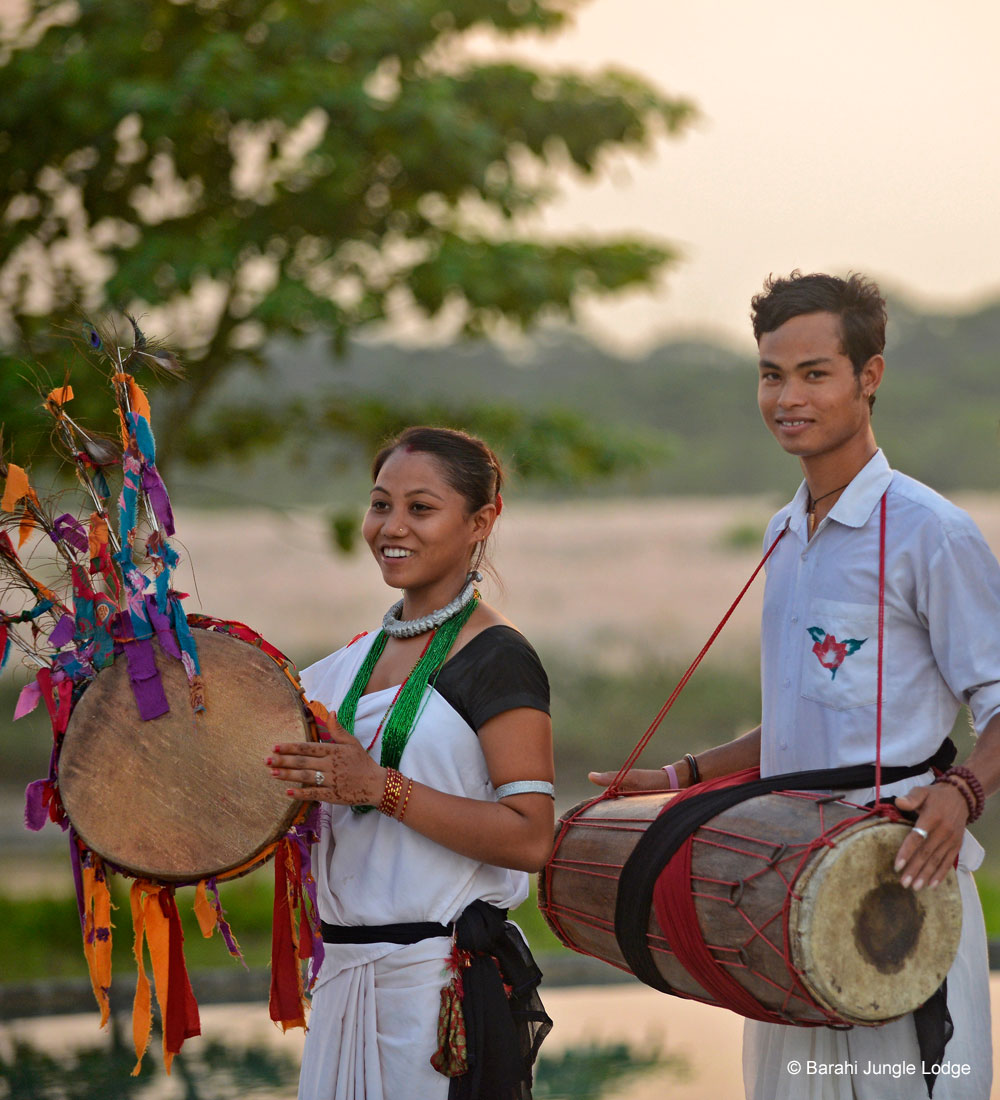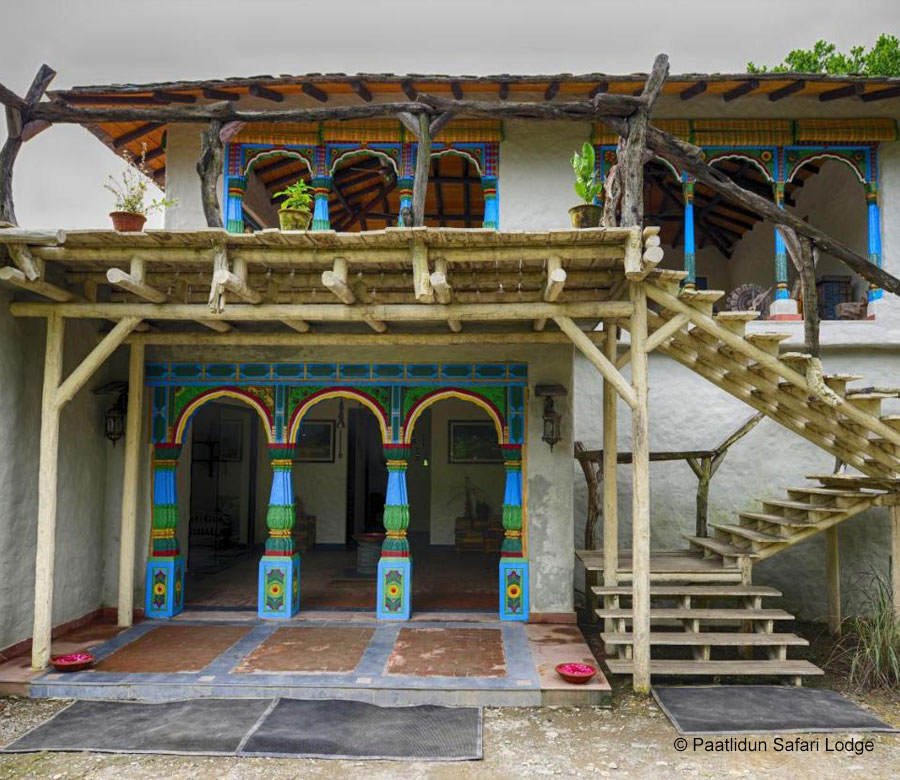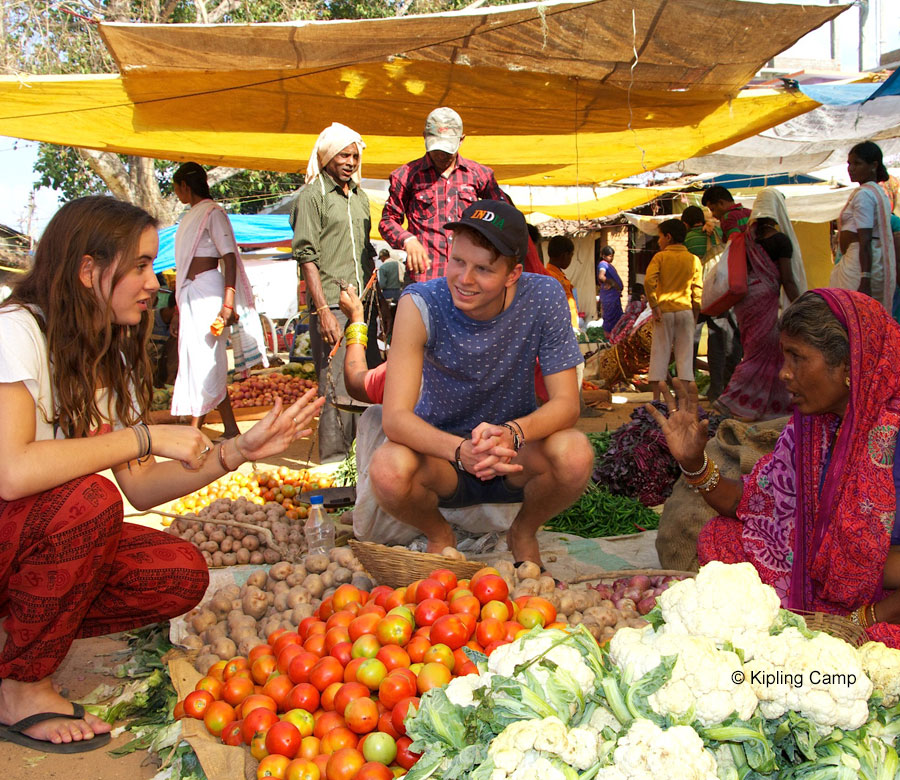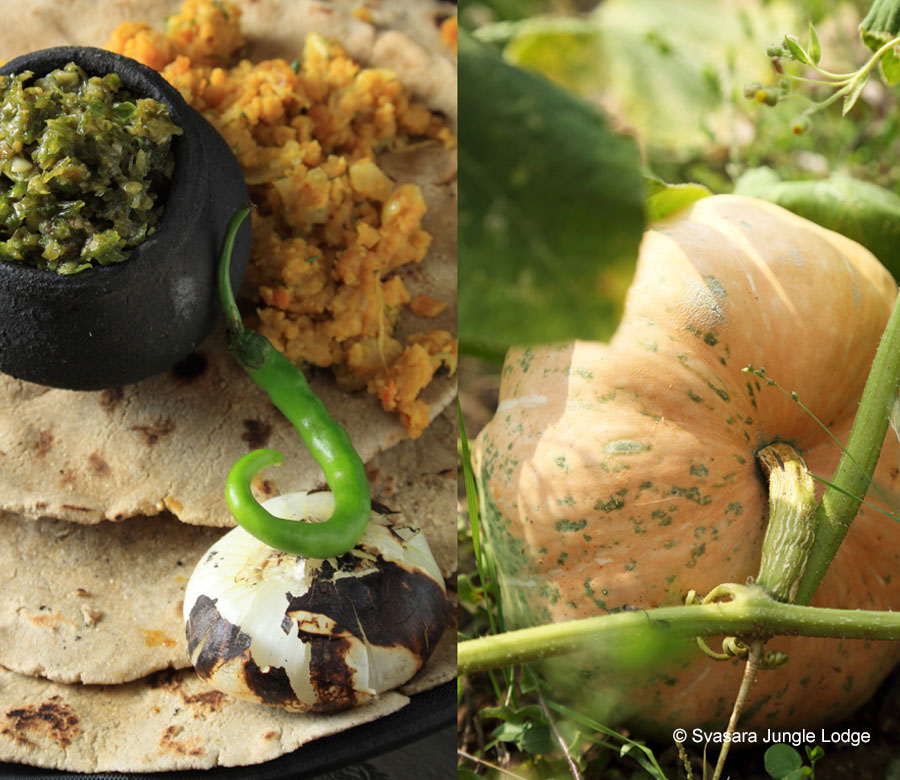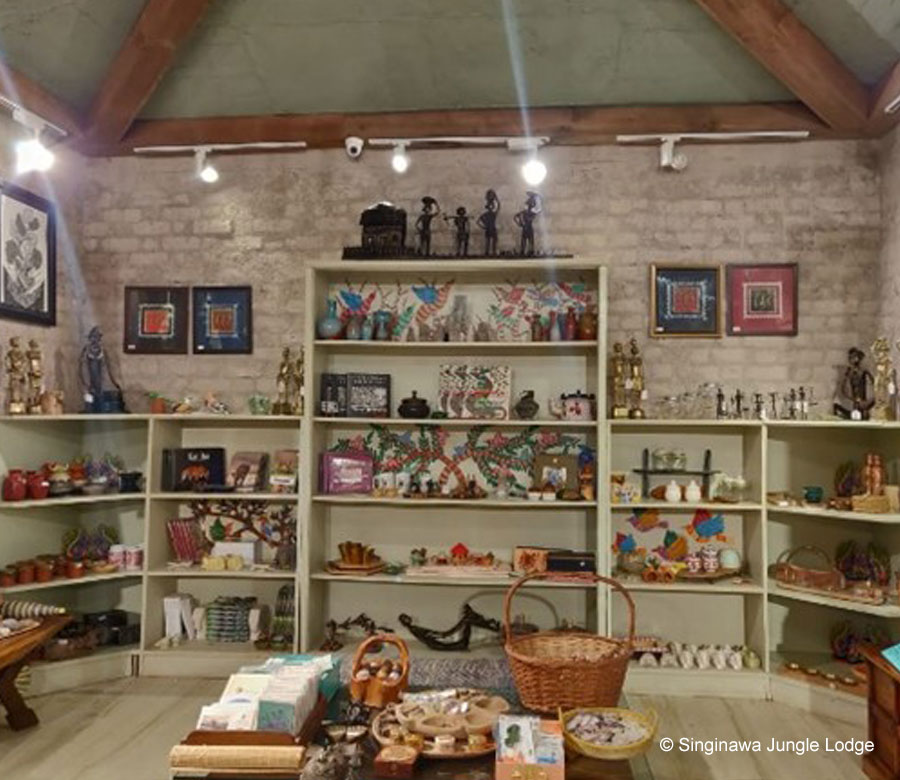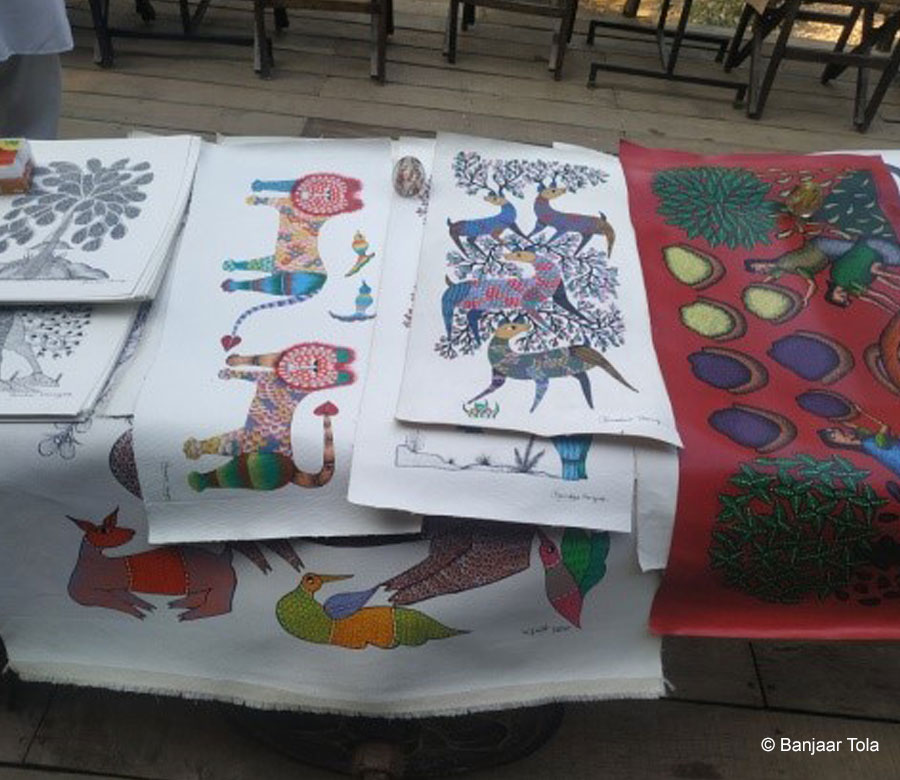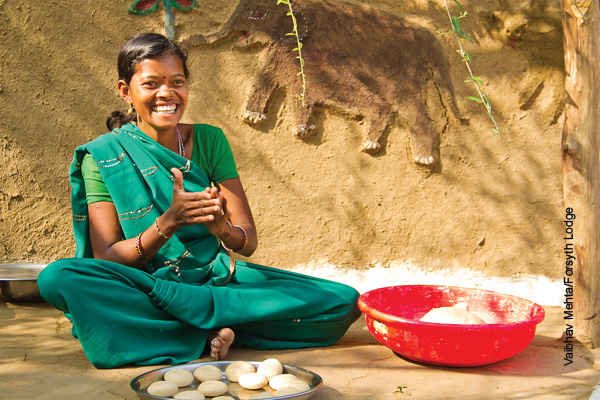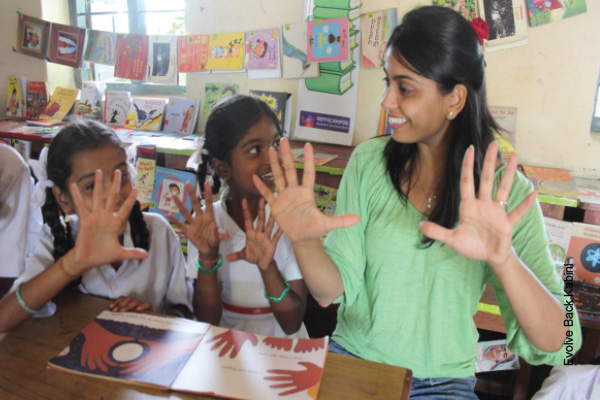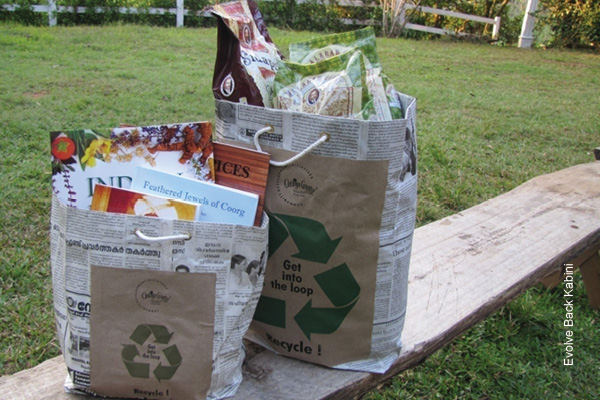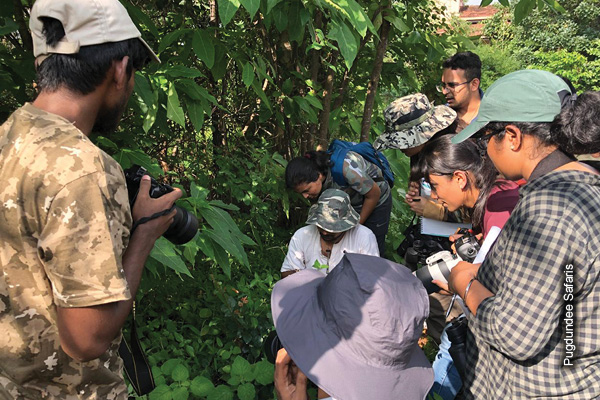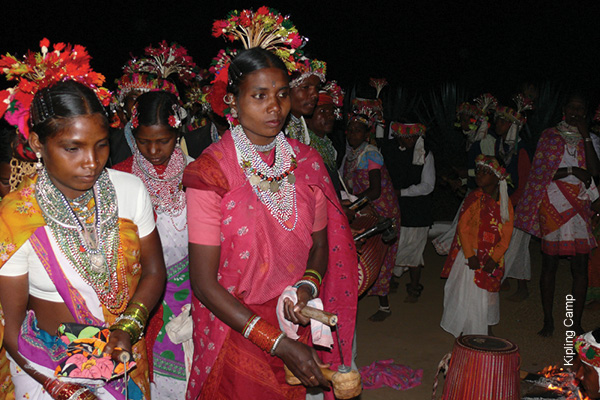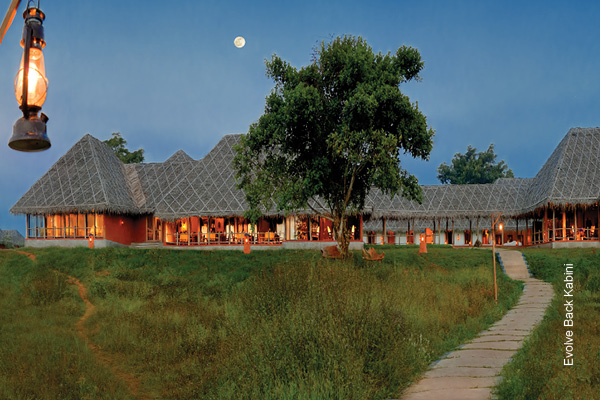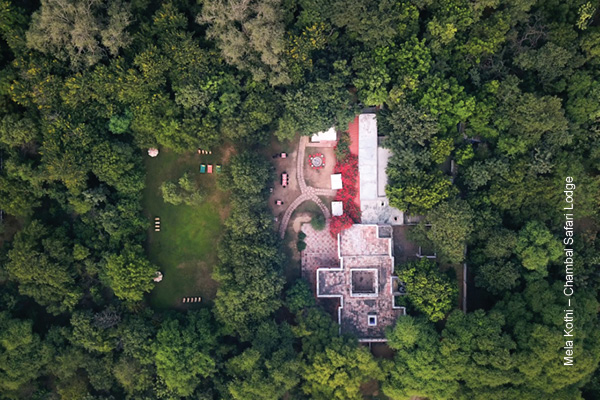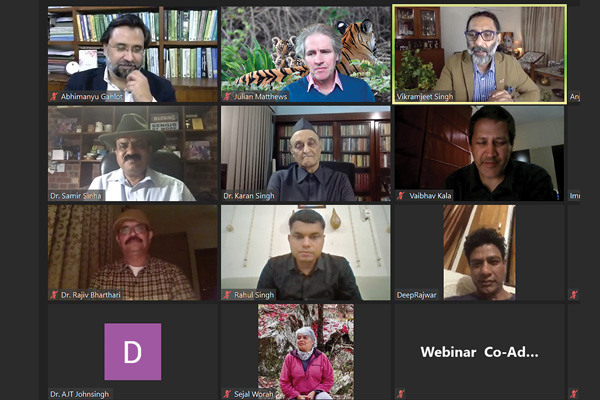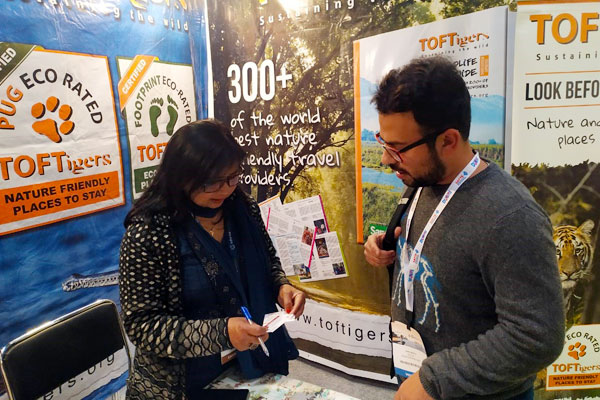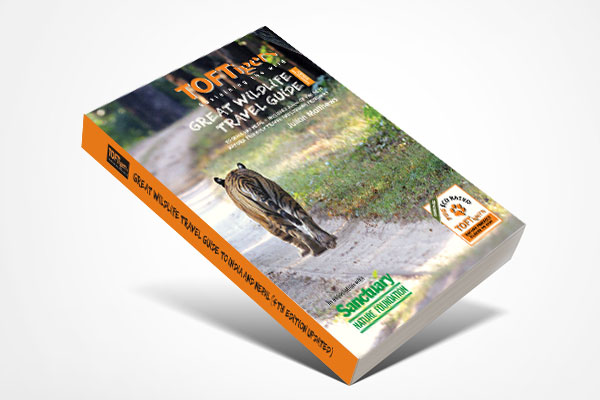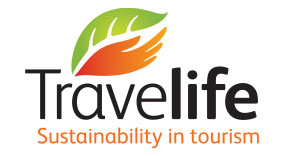Cultural Heritage
Part of TOFTigers Best Practice Series
WHY IT'S IMPORTANT
A country’s unique cultural heritage is a key selling point for the travel sector in a world which has seen globalisation replacing cultural expressions rooted in the locality, climate and seasons with a homogenous culture and global chains. Chronic conditions such as cancer, heart disease and diabetes have accompanied the spread of unhealthy western diets across the globe. Low carbon materials and goods rooted in local culture have been replaced by high carbon alternatives.
Few countries offer such a diverse arrange of cultural sites and natural ecosystems combined as India. Whilst cultural tourism is often focused on iconic cultural landmarks, India and Nepal’s rural areas also offer a fascinating window on local cultural life providing visitors with a unique travel experience.
India is home to the world’s second largest tribal population with over 700 indigenous tribes making up a mosaic of rich and diverse customs, culture, heritage and lifestyles stretching back through the mists of time to the days of the Ramayana and Mahabharata. Nepal, too, has a wealth of cultural traditions with 126 castes and ethnic groups speaking as many as 123 languages and the government formally recognising 59 indigenous tribes.
Responsible tourism respects local traditions and ensures tourism brings benefits to local communities and avoids negative disruption to local lives. Well planned, as a force for good, it can help to protect and restore cultural heritage, provide livelihood opportunities for local communities, instil local pride in their cultural traditions and promote intercultural understanding and positive cultural exchange.
Playing a positive role in helping to revive, protect and celebrate local culture is good for business, adding to the uniqueness of your guests’ experience and building good relationships with your local community.

EXAMPLES OF GOOD PRACTICE
Mahua Kothi – Taj Safaris has created twelve standalone luxury cottages for its guests, Kutiyas, built of mud in the local style of architecture. Interiors combine luxury with design features reflecting local culture.
Paatlidun Safari Lodge reflects local Kumaoni cultural traditions in its design. The reception is decorated with Kumaoni furniture, handicrafts and showpieces. A shop stocks local handicrafts, part of a wider range of initiatives presenting local culture.
A range of lodges facilitate visits to local markets and villages to give their guests a feel of local life. Pictured here, guests from Kipling Camp exploring a nearby market, part of their broader range of activities to give an insight into local culture and farming whilst contributing to local livelihoods.
Svasara Jungle Lodge is documenting recipes from local villages and tribal hamlets and preparing them for guests from its organic farm and local suppliers. Guest rooms include information on local tribes. The lodge is decorated with different art forms which are also on sale in their shop.
The shop at Singinawa Jungle Lodge stocks locally made handicrafts such as Gond paintings, Bastar artefacts, local pottery, Baiga jewellery and other handmade items. Local market visits are also encouraged.
Red Earth Kabini is working with NGO Sambrana to help revive dying folk and tribal dance and music forms. Its building uses a traditional rammed earth technique.
Singinawa Lodge has transformed a building in its grounds into the Kanha Museum of Life & Art promoting a thriving school of contemporary art which has emerged from the region’s traditional indigenous culture. The lodge also hosts performances of dance and music.
RESOURCES
Correct at time of press. Information included may not be appropriate to every situation, destination and country and is intended for general guidance only and may be subject to change.
Photos © lodges featured, Sycom Project Consultants, or other photographers listed. © The TOFTigers Initiative 2024. All rights reserved


